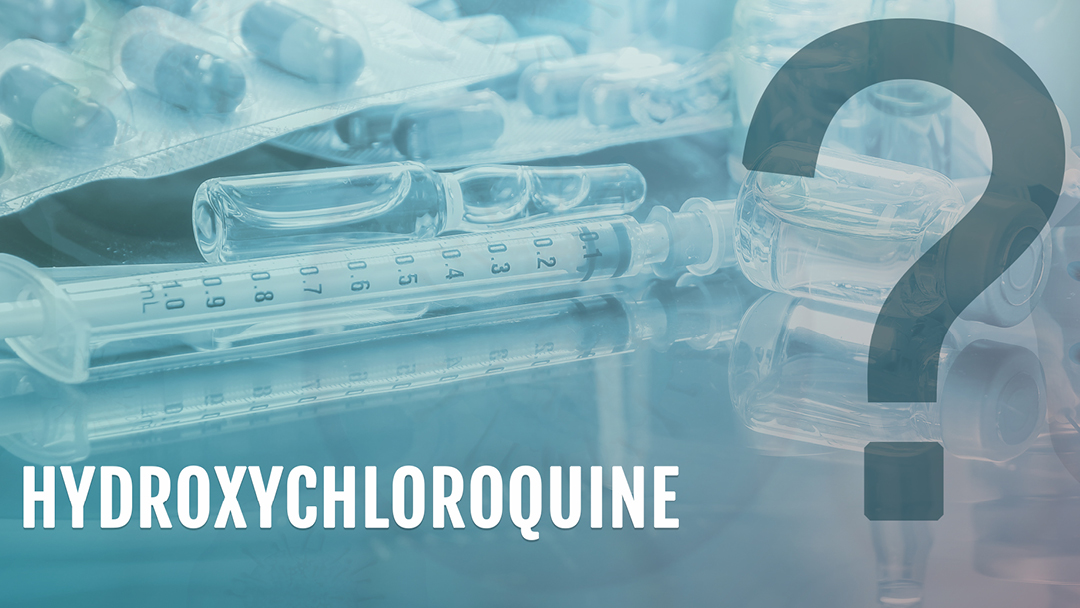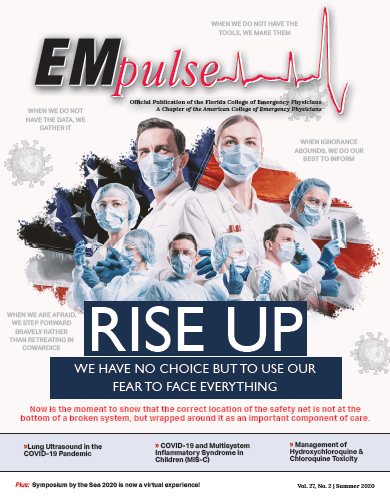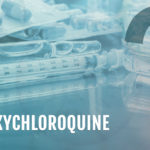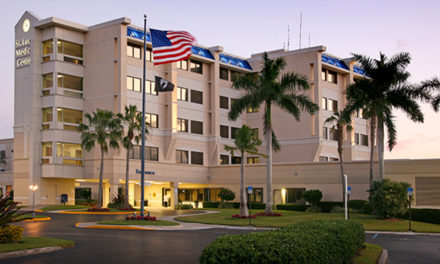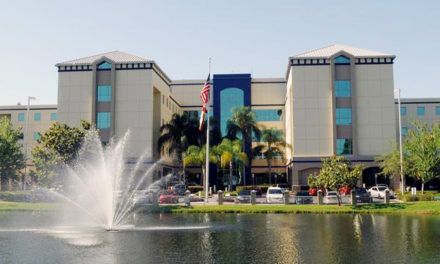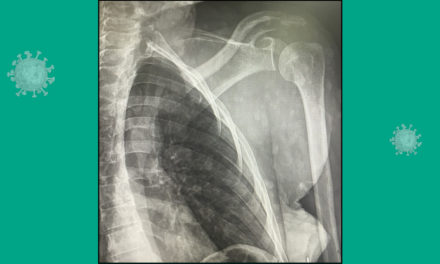Management of Hydroxychloroquine & Chloroquine Toxicity
What is hydroxychloroquine?
Hydroxychloroquine (HCQ) is a part of the 4-aminoquinolones family. The drug is structurally related to chloroquine (CQ), which has historically been utilized for malaria prophylaxis. HCQ is similar to CQ in therapeutic, pharmacokinetic, and toxicologic properties. The side effect profiles of the two are slightly different, favoring CQ use for malarial prophylaxis and HCQ use as an anti-inflammatory. [1-2] HCQ is used in the treatment of rheumatic diseases such as rheumatoid arthritis and lupus erythematosus.3 HCQ, like CQ, is a weak base and may exert its effect by concentrating in the acid vesicles of the parasite and by inhibiting polymerization of heme. It can also inhibit certain enzymes by its interaction with DNA. The mechanisms underlying the anti-inflammatory and immunomodulatory effects of HCQ for rheumatoid arthritis and systemic lupus erythematosus are unknown. [4-5]
Why was it recommended for use in COVID-19?
CQ and HCQ appear to have in-vitro inhibition of the SARS-CoV-2 (COVID-19) virus, which has led many to explore these agents as potential treatment options. These drugs are hypothesized to block viral entry into the cell by inhibiting glycosylation of host receptors, proteolytic processing, and endosomal acidification. [6] Subsequently, its use was propagated by the media and early studies demonstrating possible utility during the COVID-19 pandemic.
Toxicity of the drug?
CQ and HCQ both have narrow therapeutic windows. Symptoms may become evident as early as 30
minutes after ingestion and death has been reported in as early as 1-3 hours post ingestion. Patients may present with neurologic, cardiovascular, ophthalmic, and various other systemic manifestations such as: nausea, vomiting, diarrhea, abdominal pain, convulsions, visual and auditory disturbances, hypotension, hypoglycemia, respiratory depression, apnea, QTc prolongation, QRS prolongation, hypokalemia, and subsequent cardiac dysrhythmias. [7-8] The mechanism of cardiovascular toxicity is related to sodium and potassium channel blockade leading to hypokalemia with cardiovascular collapse.
Case reports of toxicity
Unfortunately, a tweet by a government official on March 21, 2020 claimed that the combination of HCQ and azithromycin “has a real chance to be one of the biggest game changers in the history of medicine.” This accelerated a worldwide demand on the medications, with pharmacies reporting shortages within 24 hours. The U.S. Food and Drug Administration released a letter to the stakeholders regarding chloroquine phosphate after a case report of a husband and wife ingested an aquarium product containing chloroquine phosphate in order to prevent viral illness, which ultimately led to death.
Management of the toxidrome
Aggressive supportive care, oxygen, cardiac and hemodynamic monitoring, large-bore IV access, and serial blood glucose concentrations should be performed. Gastric decontamination techniques, such as activated charcoal, are recommended for patients presenting early as activated charcoal adsorbs chloroquine well, binding 95% to 99% when administered within 5 minutes of ingestion.9 If hypotension is present, then fluid resuscitation, followed by vasopressors, should be considered with a focus on epinephrine per previous studies. [10-11] High dose diazepam has been shown to demonstrate efficacy in CQ toxicity to augment the treatment of dysrhythmias and hypotension while also treating convulsions. [12-13] Previously studied doses included diazepam 2 mg/kg IV over 30 minutes followed by 1–2 mg/kg/day for 2–4 days). The postulated mechanism of action for diazepam during CQ overdose includes: (1) a central antagonistic effect, (2) an anticonvulsant effect, (3) an antidysrhythmic effect by an electrophysiologic action inverse to chloroquine, (4) a pharmacokinetic interaction between diazepam and chloroquine, and (5) a decrease in chloroquine-induced vasodilation. [10,11,13,14] The utilization of sodium bicarbonate for correction of QRS prolongation is controversial as it may worsen hypokalemia. No clinical trials regarding sodium bicarbonate have been conducted evaluating safety and efficacy in CQ overdose; however it may be necessary to prevent dysrhythmias from occurring. Correction of hypokalemia should be done so cautiously as hyperkalemia can occur while toxicity resolves with subsequent redistribution of drug from the intracellular space. ■
Image Credit: Adobe Stock
References
- Luzzi GA, Peto TE. Adverse effects of antimalarials. An update. Drug Saf. 1993;8:295–311
Vinetz J, et al. Chemotherapy of malaria. In: Brunton L, et al., eds. Goodman & Gilman’s The Pharmacological Basis of Therapeutics. 12th ed. New York: McGraw-Hill Companies; 2011.
Jordan P, et al. Hydroxychloroquine overdose: toxicokinetics and management. J Toxicol. 1999;37:861–864. - Product Information: PLAQUENIL(R) oral tablets, hydroxychloroquine sulfate oral tablets. Concordia Pharmaceuticals Incw (per DailyMed), Kansas City, MO, 2019
- Titus EO: Recent developments in the understanding of the pharmacokinetics and mechanism of action of chloroquine.. Ther Drug Monit 1989; 11(4):369-79.
- Awadhesh K, et al. Diabetes Metab Syndr. May-Jun 2020;14(3):241-246. doi: 10.1016/j.dsx.2020.03.011. Epub 2020 Mar 26
- Guly U, Driscoll P. The management of quinine-induced blindness. Arch Emerg Med. 1992;9:317–322.
- Jaeger A, et al. Clinical features and management of poisoning due to antimalarial drugs. Med Toxicol Adverse Drug Exp. 1987;2:242–273
- Kivisto KT, Neuvonen PJ. Activated charcoal for chloroquine poisoning. BMJ. 1993;307:1068.
- Riou B, et al. Treatment of severe chloroquine poisoning. N Engl J Med. 1988;318:1–6.
- Riou B, et al. Protective cardiovascular effects of diazepam in experimental acute chloroquine poisoning. Intensive Care Med. 1988;14:610–616
- Clemessy JL, et al. Treatment of acute chloroquine poisoning: a 5-year experience. Crit Care Med. 1996;24:1189–1195.
- Marquardt K, Albertson TE. Treatment of hydroxychloroquine overdose. Am J Emerg Med. 2001;19:420–424.
- Reddy VG, Sinna S. Chloroquine poisoning: report of two cases. Acta Anaesthesiol Scand. 2000;44:1017–1020.
This article is part of the following sections:

